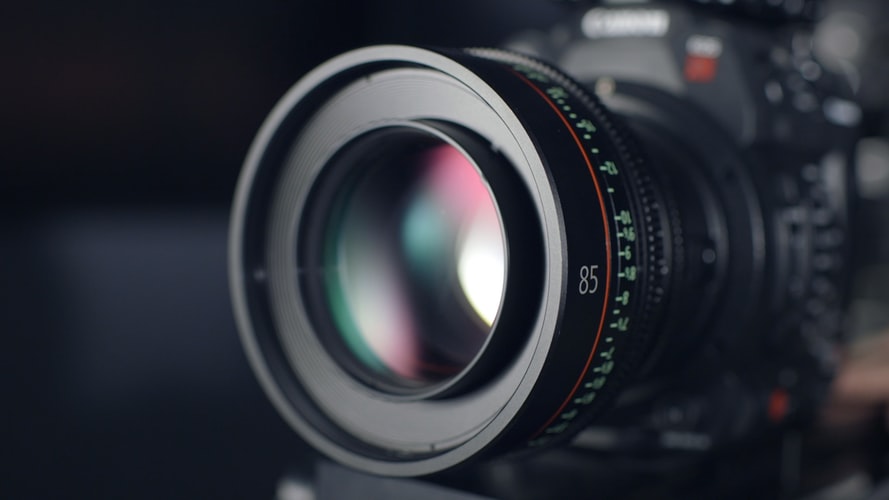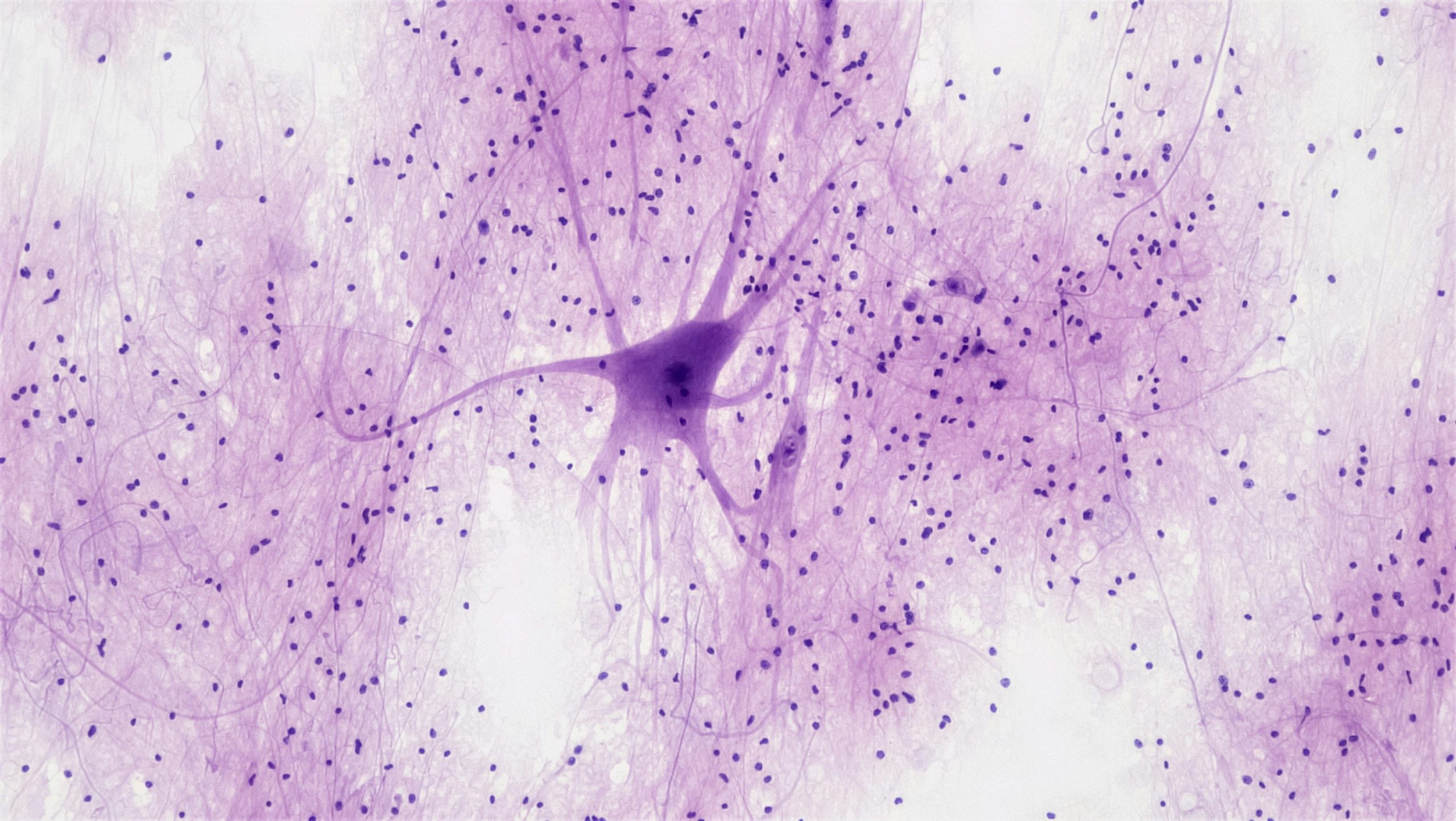Cadence Webley, Year 11, St Georges College Weybridge, Surrey
In 1825, Joseph Nicéphore Niépce looked at his silver chloride coated paper and realised he had just taken the first ever photograph. Louis Daguerre continued this process with a plate coated in silver iodide and developed the first ever portable camera which was made available to the public in 1839. Little could either of these lauded men know that they had just consigned human beings to a life of surveillance, scrutiny and observation and had ended privacy forever. 200 years later, visual technology firms have predicted that we will have over 45 billion cameras in the world by 2022. During 2020 human beings will take 1.4 trillion photographs – more than the number of seconds in the year, snapshots freezing moments in time forever. But what if we don’t want to hold onto that moment? What if we aren’t the only ones holding onto it?
19 years ago the NSA put in place a mass surveillance program where millions of communication records were collected across America. Any photograph taken on a smartphone, or sent on a computer was stored in vast databases. Congress apparently used this program known as ‘Dishfire’ to prevent terrorist attacks after it was implemented following the harrowing attack that took place that year, known as 9/11. However, to this day there is no record of the program preventing, stopping, undermining or dwindling any form of terror attack: so what was its use, considering the NSA described it as a ‘goldmine to exploit’?
As Dishfire reached its peak size in 2013, Edward Snowdon (a former CIA employee) leaked thousands of NSA files about the program, making the public aware they were under surveillance: after 12 years in the dark. Niépce and Daguerre didn’t foresee the downside of having the power to freeze time and what would happen when people couldn’t physically hold onto their images. Barack Obama attempted to defend over a decade of privacy invasion with this statement:
‘You can’t have a hundred percent security and also then have a hundred percent privacy’.
But was security what Niépce and Daguerre really envisioned as the role for their invention in society? Was their invention exploited by subsequent governments?
1984, written by George Orwell, portrays a world governed by ubiquitous surveillance: everyone, everywhere, being constantly watched. The novel describes a totalitarian state with the Party using telescreens to control its population, devices containing a camera so they can watch over their citizens. In Orwell’s augmented reality, people are the victims, but who is to blame for the loss of our privacy? If we do not buy a camera or a smartphone, we lose the ability to be watched. Orwell was wrong in predicting a future where the surveillance was enforced by a political party, we are controlled by those who control our devices, and never would he have imagined that we would have handed this power over so willingly.
We can no more see it than Niépce or Daguerre could have predicted it when they created the camera. Since 2014 we have been purchasing over 1.8 billion devices with built in cameras each year. When crimes occur, what is the first thing people in today’s modern era do? They pull out their mobile phones and hit record, creating a self-surveillance system the government can use without having to lift a finger.
We are to blame. Through Niépce and Daguerre’s scientific masterpiece, we have placed ourselves in a Surveillance State that we cannot see. We are the ones funding the state’s operation: by pumping money into our devices and taking photos. We are the ones advancing the state’s intrusion.
When Native Americans were faced with Niépce and Daguerre’s invention, they believed the camera was capturing their soul, not just their appearance, stealing it from them and therefore they feared these intricate devices. It turns out they were right. Maybe we all should have been afraid.
Runner-up for the Schools Science Writing Competition, Trinity Term, 2020





